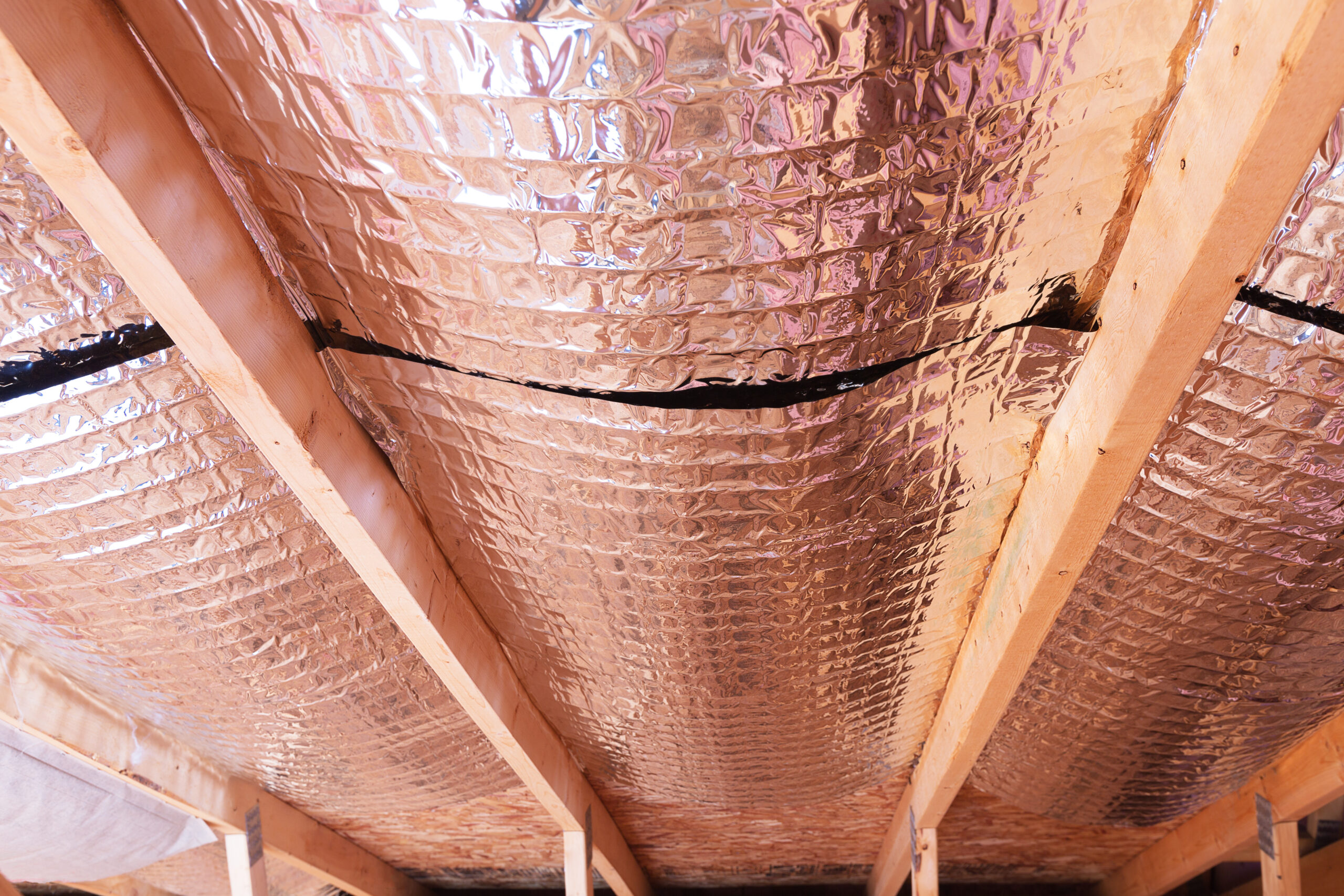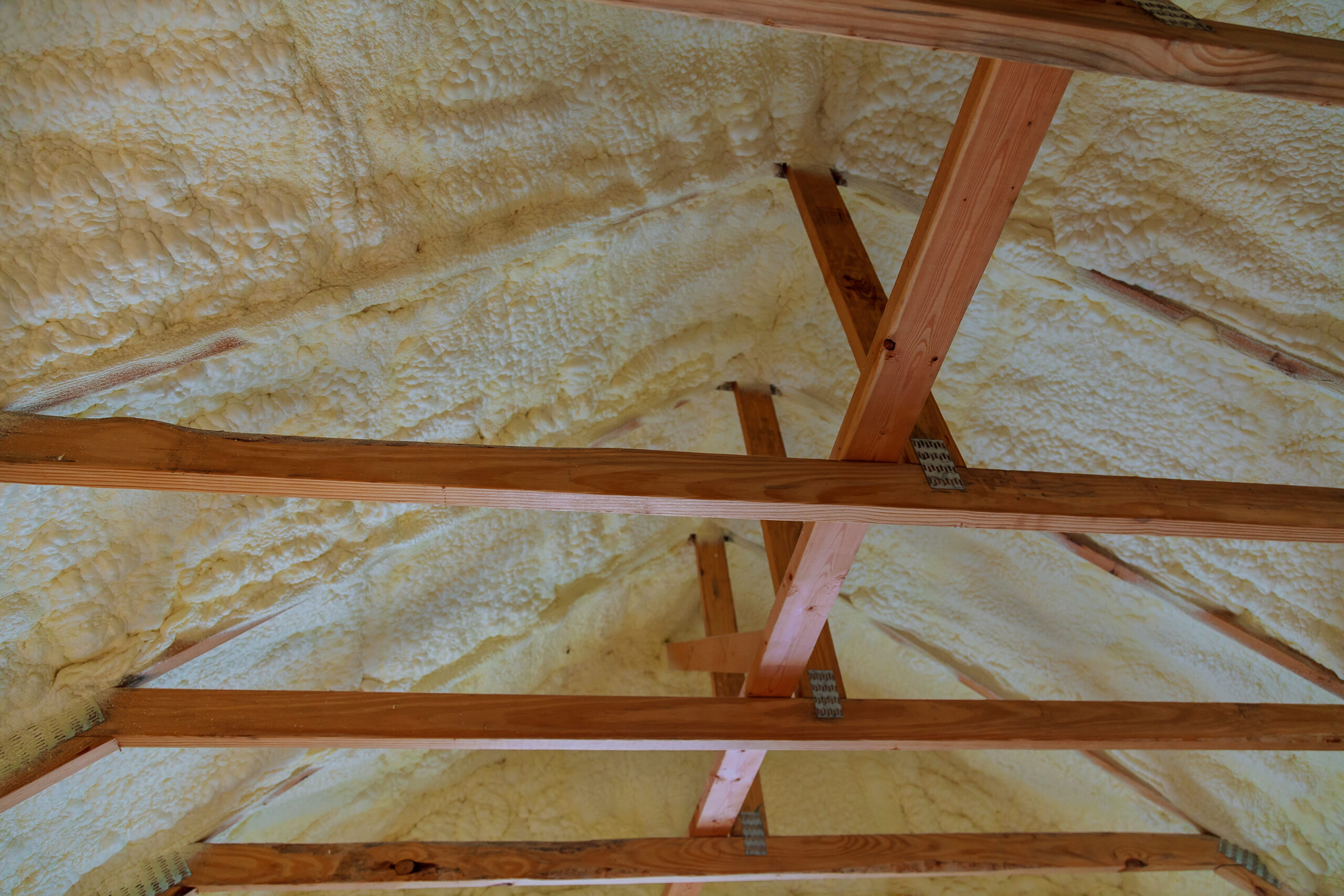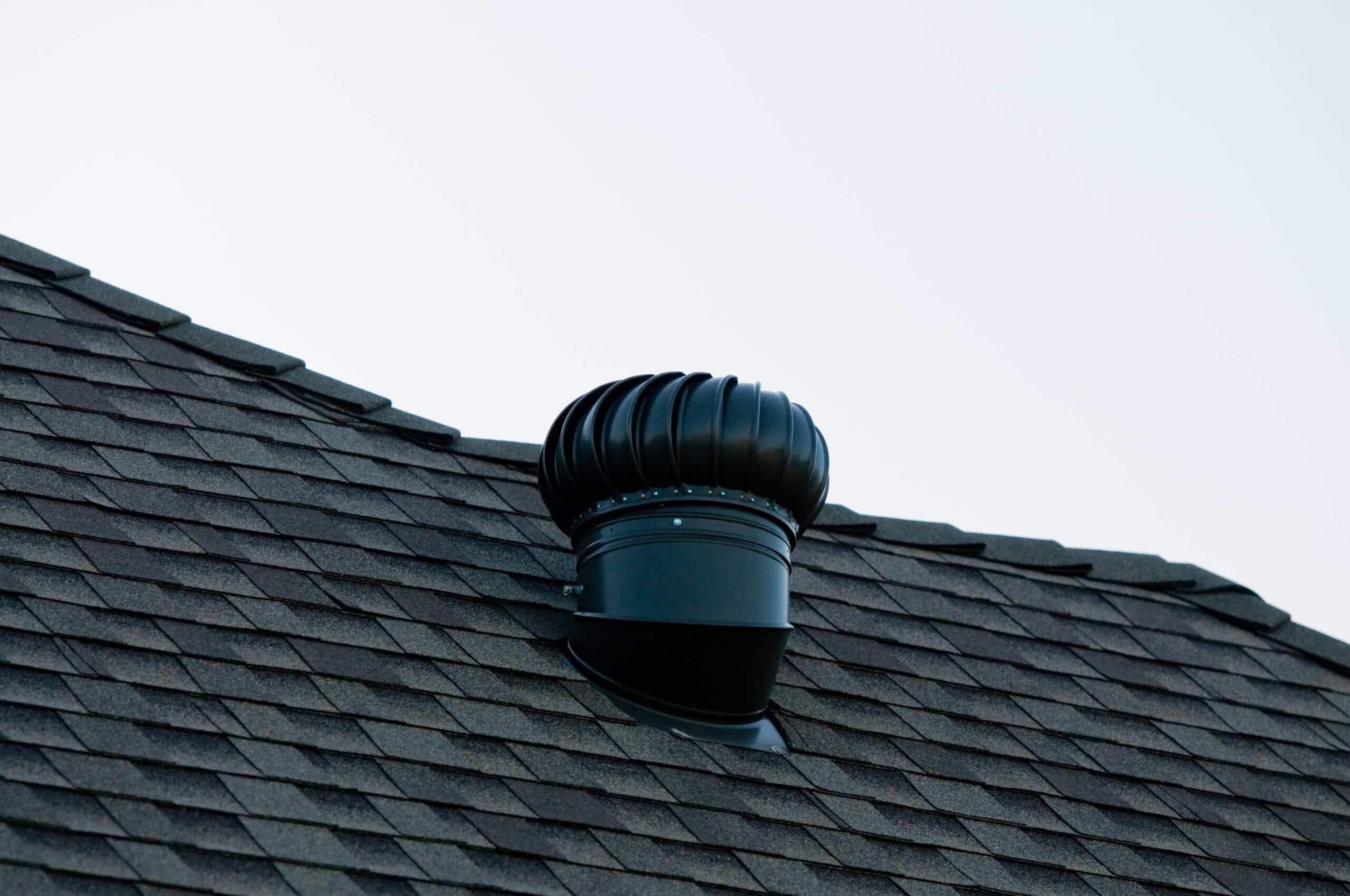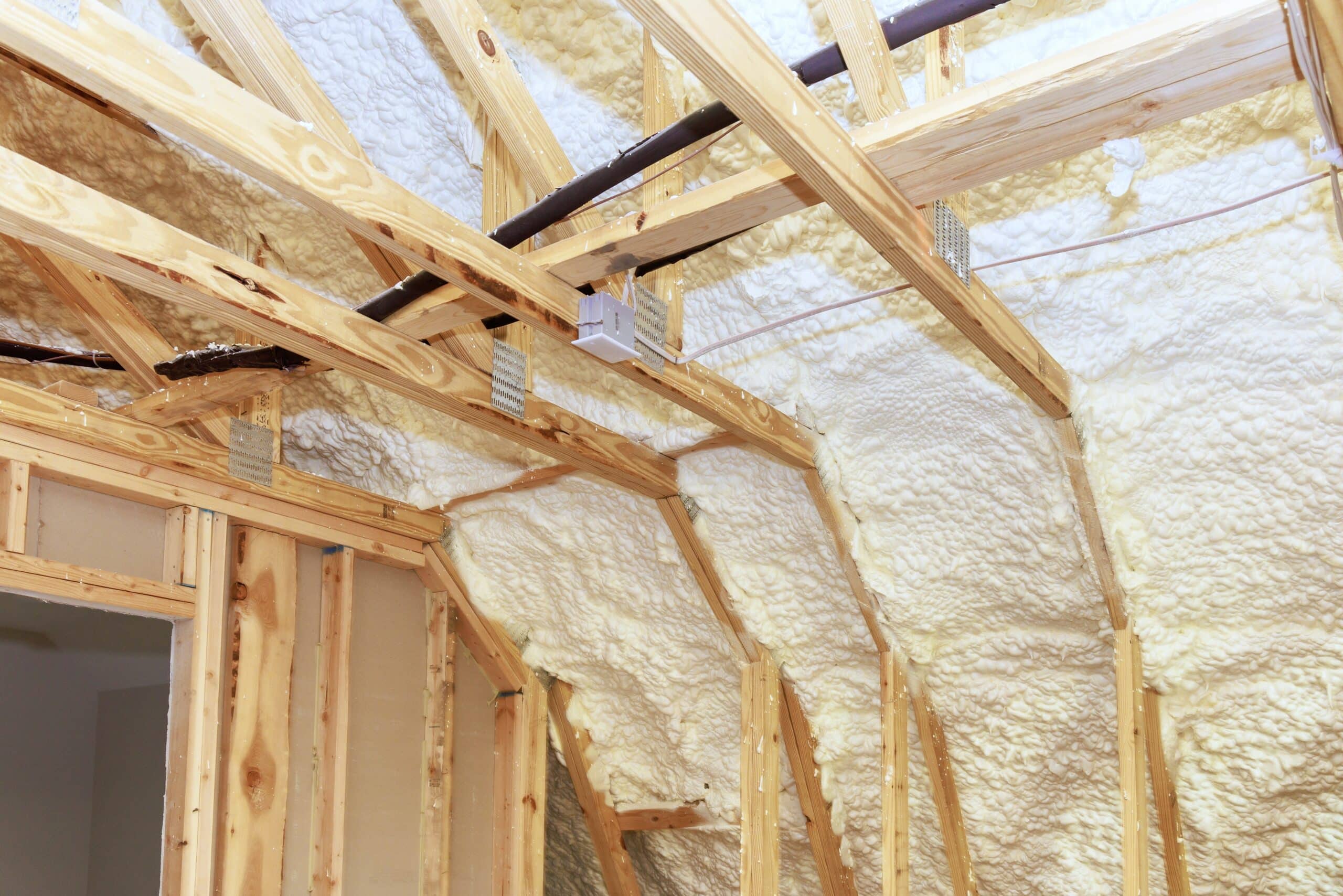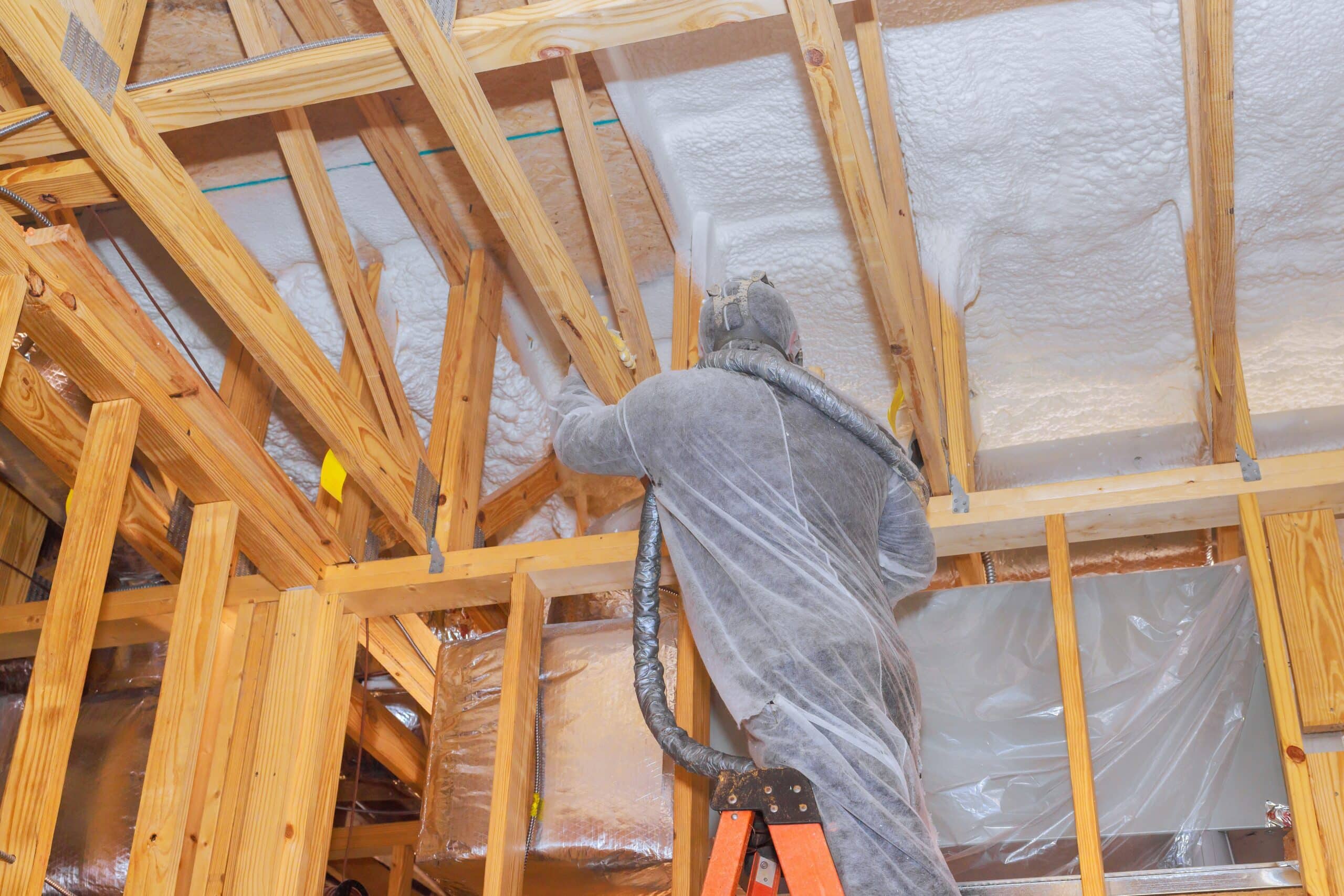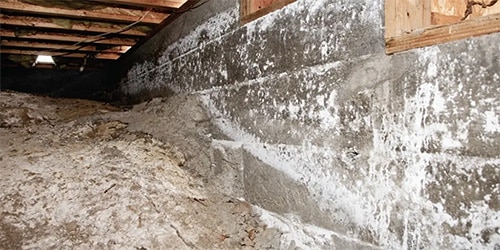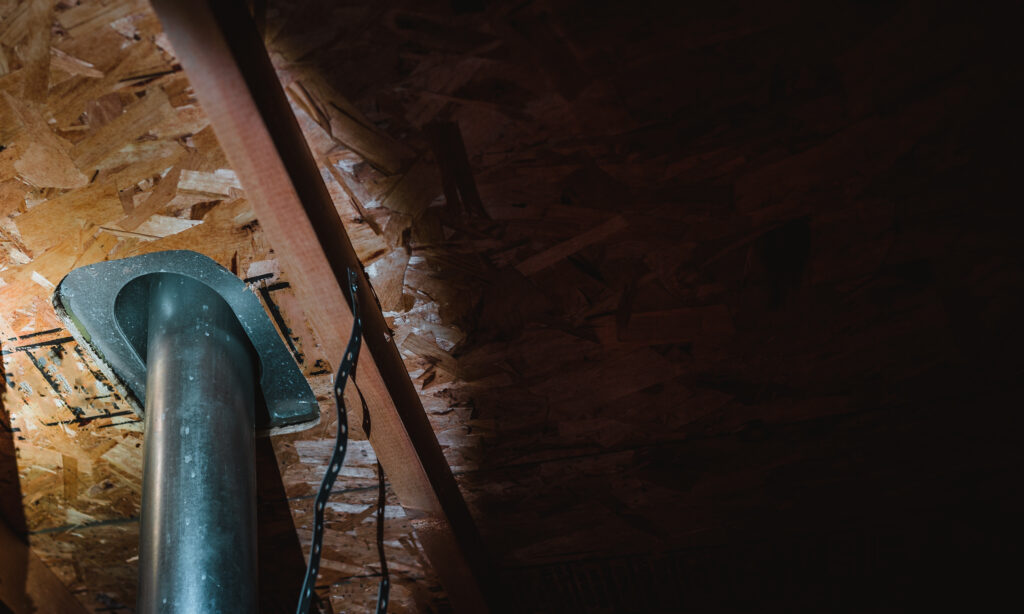
Understanding the Importance of Sealing Crawl Space Vents
The Impact on Indoor Air Quality
Why Should Crawl Space Vents Be Sealed? Sealing crawl space vents plays a crucial role in maintaining a healthy home environment. Unsealed vents allow outside air to infiltrate the crawl space, bringing with it moisture that accumulates over time. This moisture can create an ideal breeding ground for mold and mildew, which are notorious for affecting indoor air quality.
Here are some key reasons why sealing crawl space vents is important:
- Moisture Accumulation: When outside air enters through unsealed vents, it carries humidity into the crawl space. This leads to condensation on cooler surfaces like pipes and floor joists. Over time, this persistent moisture fosters mold growth and structural damage.
- Mold Growth Connection: Mold thrives in damp environments, making unsealed crawl spaces perfect for its proliferation. The presence of mold not only impacts the structural integrity of your home but also introduces allergens and spores into the air, circulating throughout living spaces.
- Health Risks: Poor indoor air quality poses significant health risks to occupants. Exposure to mold can lead to respiratory issues such as asthma, chronic coughing, and wheezing. It can also exacerbate allergies and other sensitivities, potentially causing skin irritation or more severe respiratory problems.
Sealing crawl space vents is imperative for reducing these risks by controlling the entry of humid air and preventing subsequent mold growth. This proactive measure contributes to healthier indoor conditions and enhanced comfort for residents.
Understanding the link between unsealed crawl spaces and poor air quality highlights the necessity of addressing this issue promptly. By ensuring that your home’s foundation is well-protected against external elements, you can safeguard both your property and your health from the adverse effects of unchecked moisture intrusion.
For comprehensive solutions to seal your crawl space effectively, consider exploring some expert advice on this subject. Additionally, it’s worth noting that investing in proper insulation and air sealing could qualify you for federal tax credits, making it a financially viable option as well. To understand how these services have benefited others, you might find it helpful to read through some customer reviews.
Enhancing Energy Efficiency
Crawl space vents are often installed in homes with the intention of promoting air circulation. However, leaving these vents unsealed can have significant drawbacks, particularly on a home’s energy efficiency. Sealed vents play a crucial role in maintaining a comfortable indoor environment and can substantially improve energy performance.
Effects of Unsealed Vents
When crawl space vents remain open, they allow cold air drafts to permeate the home during winter months and hot, humid air to enter during the summer. This uncontrolled airflow forces heating and cooling systems to work harder, leading to inefficient energy consumption.
Cost Implications
The inefficiencies caused by unsealed vents translate directly into higher energy bills. Homeowners may experience increased costs due to the additional strain on HVAC systems trying to maintain consistent indoor temperatures. By sealing these vents, you reduce drafts that can disrupt temperature regulation, leading to potential savings on monthly utility expenses.
Understanding the impact of crawl space vent sealing goes beyond just mitigating mold and moisture issues; it directly addresses how homes manage energy resources. By improving insulation and reducing unwanted air exchange, sealed crawl spaces contribute significantly to overall household energy efficiency and comfort levels while protecting against health implications associated with poor indoor air quality.
Identifying Problems Caused by Unsealed Vents
Unsealed crawl space vents can lead to a host of issues that compromise both the health of your home and its occupants. Among these, moisture issues are particularly concerning due to their far-reaching consequences.
Moisture Issues and Their Consequences
How Humid Air Leads to Condensation and Mold Growth
Crawl spaces with unsealed vents allow humid outdoor air to enter freely. When this moist air comes into contact with cooler surfaces within the crawl space, it condenses into water droplets. This condensation creates an ideal environment for mold growth, as mold thrives in damp, dark conditions. Mold not only damages materials it grows on but also poses significant health risks to inhabitants, including respiratory problems and allergies.
Long-term Effects on Home Structure and Belongings
Persistent moisture in crawl spaces can cause severe structural damage over time. Wood components such as joists, beams, and subflooring can begin to rot when exposed to sustained dampness, compromising the structural integrity of the entire building. Additionally, any belongings stored in these areas become susceptible to damage; metal items may rust, while fabrics and papers can become mildewed or ruined.
These moisture-related problems emphasize why crawl space vents should be sealed effectively. Sealing these vents is crucial not just for preventing immediate discomforts like dampness and odors but also for safeguarding against long-term structural damage that could entail costly repairs.
By addressing humidity through proper sealing methods and regular humidity assessments, homeowners can mitigate risks associated with mold growth and ensure the longevity of their property. This proactive approach helps maintain a healthy indoor environment free from the detrimental effects of excess moisture.
The importance of sealing crawl space vents becomes even more apparent when considering additional complications like pest infestation. Unsealed vents provide easy access points for pests seeking shelter or food within your home, contributing further to potential structural damage.
Pest Problems and Home Infestation Risks
Unsealed crawl space vents can create an open invitation for pests such as rodents and insects. These small openings provide easy access points for various critters seeking shelter, warmth, and food. In the Chesapeake Bay area, where moisture issues are prevalent due to climate conditions, these pests thrive in the humid environments often found in unsealed crawl spaces.
The entry of pests is not merely a nuisance; it poses significant risks to a home’s structural integrity. Here are some of the potential damages:
- Insulation Damage: Pests can chew through insulation materials, reducing their effectiveness and leading to increased energy costs due to compromised thermal performance.
- Structural Damage: Rodents and insects may gnaw on wooden structures, wires, and other materials, potentially leading to extensive repair needs.
- Contamination: Pest droppings and urine can contaminate crawl spaces, contributing to poor indoor air quality and health risks.
Given these concerns, conducting regular humidity assessments is crucial to prevent mold growth and ensure that moisture levels do not attract infestations. Addressing these vulnerabilities by sealing crawl space vents helps maintain a pest-free environment, ultimately preserving both the home’s structural soundness and its inhabitants’ well-being.
Finding Solutions for Crawl Space Moisture Issues
Crawl Space Encapsulation Process
Crawl space encapsulation is a crucial solution for managing moisture issues and improving the overall health of your home. This process, which involves several detailed steps to ensure that the crawl space is properly sealed and protected from outside elements, is a key part of options for crawl space improvement.
1. Sealing Gaps
The first step in the encapsulation process is to thoroughly inspect the crawl space for any gaps or cracks, especially around pipes and ducts. These openings are common entry points for moisture and can significantly impact indoor air quality. Using specialized air sealing techniques, these gaps are sealed to prevent outside air from entering.
2. Vapor Barrier Installation
A durable vapor barrier is installed on the ground of the crawl space. This barrier acts as a shield, preventing moisture from the soil from seeping into the crawl space. It is typically made from heavy-duty plastic or polyethylene material that is resistant to tears and punctures. The installation process involves cutting the vapor barrier to fit snugly over the ground, with seams taped securely to maintain a continuous protective layer.
3. Insulating Walls
Insulation may also be added to the walls of the crawl space as part of encapsulation. This helps in maintaining temperature consistency and reducing energy costs by minimizing heat loss during winter and keeping cool air inside during summer. For this purpose, a radiant barrier can be an effective option.
4. Vent Sealing
Any existing vents in the crawl space are permanently sealed as part of this process. This prevents humid outside air from entering, which can lead to condensation and mold growth.
Crawl space encapsulation not only addresses moisture issues but also contributes to improved energy efficiency and structural integrity of your home. Companies like Total Home Performance specialize in this area, offering professional services tailored to specific needs. By sealing crawl space vents and implementing proper encapsulation techniques, homeowners can protect their homes from potential damage while enhancing comfort and air quality.
Why Should Crawl Space Vents Be Sealed? Addressing this question through encapsulation provides a comprehensive solution that safeguards against various risks associated with unsealed vents.
Importance of Dehumidifiers
Maintaining optimal humidity levels in crawl spaces is essential for preventing common issues such as mold growth and musty odors. Dehumidifiers play a crucial role in this process, ensuring that moisture levels remain within a safe range throughout the year. By effectively removing excess humidity, these devices act as a first line of defense against potential health risks associated with poor indoor air quality.
Incorporating a crawl space dehumidifier is an effective solution to address moisture problems after implementing vapor barrier installation and air sealing techniques. This approach provides comprehensive protection by minimizing the entry of moist air and actively reducing humidity levels already present in the space.
Benefits of Using Dehumidifiers
- Prevention of Mold Growth: Mold thrives in damp conditions, making it imperative to control moisture. A dehumidifier can significantly reduce the likelihood of mold colonization.
- Elimination of Musty Odors: Excess moisture often leads to unpleasant odors that can permeate living areas. By managing humidity, dehumidifiers help maintain a fresh environment.
- Year-Round Humidity Control: Seasonal changes can affect humidity levels; dehumidifiers ensure consistent conditions, enhancing the effectiveness of other measures like crawl space encapsulation.
By incorporating such technology as part of a broader strategy, companies like Total Home Performance offer robust solutions for maintaining healthy and energy-efficient homes.
Implementing Drainage Solutions
Effective solutions for addressing moisture problems in crawl spaces often involve proper drainage systems. Without adequate drainage, crawl spaces are vulnerable to flooding and standing water, which can lead to severe structural damage and mold growth.
1. French Drain Installation
French drains are a crucial component in water management systems. These drains redirect water away from the foundation of your home, ensuring that it does not accumulate around or within the crawl space. By using a trench filled with gravel and a perforated pipe, French drains efficiently transport excess water away, mitigating the risk of flooding.
2. Basement Waterproofing
Complementary to vapor barrier installation and air sealing, basement waterproofing serves as a shield against moisture ingress. It involves sealing all potential entry points for water, creating a dry environment that is less prone to mold and mildew development.
3. Crawl Space Encapsulation
This comprehensive approach integrates drainage solutions with other moisture control measures. By sealing crawl space vents and installing vapor barriers, encapsulation tackles both the entry of external air and internal humidity issues. Dehumidifiers can further enhance this system by maintaining optimal humidity levels.
Employing these techniques can significantly enhance indoor air quality by preventing moisture accumulation—a critical aspect of why crawl space vents should be sealed. Companies like Total Home Performance offer expertise in such solutions, ensuring long-term protection of your home’s structural integrity.
The Comprehensive Approach to Crawl Space Management
Assessing Current Conditions
A comprehensive approach to managing crawl spaces begins with a detailed assessment of the existing conditions. This critical step ensures that any measures taken are not only effective but also customized to the unique needs of each home.
1. Thorough Inspections
Conducting a meticulous inspection helps in identifying existing problems and potential areas of concern within the crawl space. This process may involve visual checks for signs of water intrusion, mold, or structural issues.
2. Humidity Assessments
Utilizing tools such as hygrometers allows for precise measurement of moisture levels. Accurate data from these assessments informs decision-making, helping professionals design targeted solutions to address humidity-related challenges effectively.
3. Customized Solutions
Once the current conditions are understood, tailored strategies can be developed. Whether it involves sealing vents, installing vapor barriers, or enhancing ventilation systems, customized solutions provide the most efficient path to achieving optimal crawl space conditions.
4. Total Home Performance
Engaging with experts who specialize in crawl space management can significantly enhance the effectiveness of these assessments. Professionals possess the experience and knowledge necessary to interpret findings accurately and recommend appropriate interventions.
This approach ensures that interventions are not just reactive but also proactive, preventing future issues and maintaining a healthy home environment. By focusing on precise diagnostics and bespoke solutions, homeowners can achieve improved indoor air quality, energy efficiency, and structural integrity of their homes.
Working with Experts
Consulting experts plays a crucial role in achieving optimal results when sealing crawl space vents. These professionals offer customized solutions tailored to the unique conditions of each home, ensuring that all aspects of the crawl space environment are addressed effectively. Their expertise extends beyond basic solutions; they provide comprehensive insights based on a thorough understanding of local building codes and regulations, which must be adhered to during any crawl space work.
Key benefits of working with experts include:
- Personalized Recommendations: Experts conduct detailed humidity assessments and identify existing problems, allowing them to propose solutions that specifically cater to your home’s needs.
- Knowledge of Local Regulations: With their deep understanding of regional requirements, experts ensure compliance with building codes, preventing future legal or structural issues.
- Broad Service Offerings: Companies like Total Home Performance offer a range of services including insulation, vapor barrier installation, dehumidification, and waterproofing. These services are designed to enhance total home performance by improving indoor air quality and reducing energy costs.
Whether addressing moisture issues or enhancing energy efficiency, partnering with seasoned professionals ensures that every aspect of your crawl space management plan is executed flawlessly. In the context of “Why Should Crawl Space Vents Be Sealed?”, their involvement is invaluable for long-term success and peace of mind.
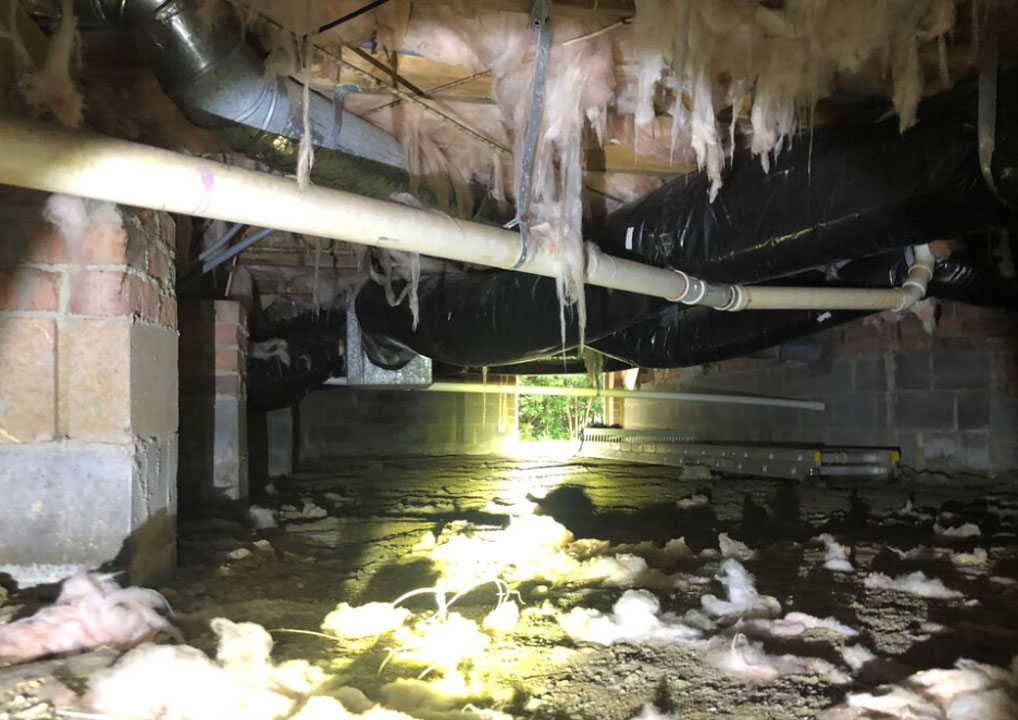
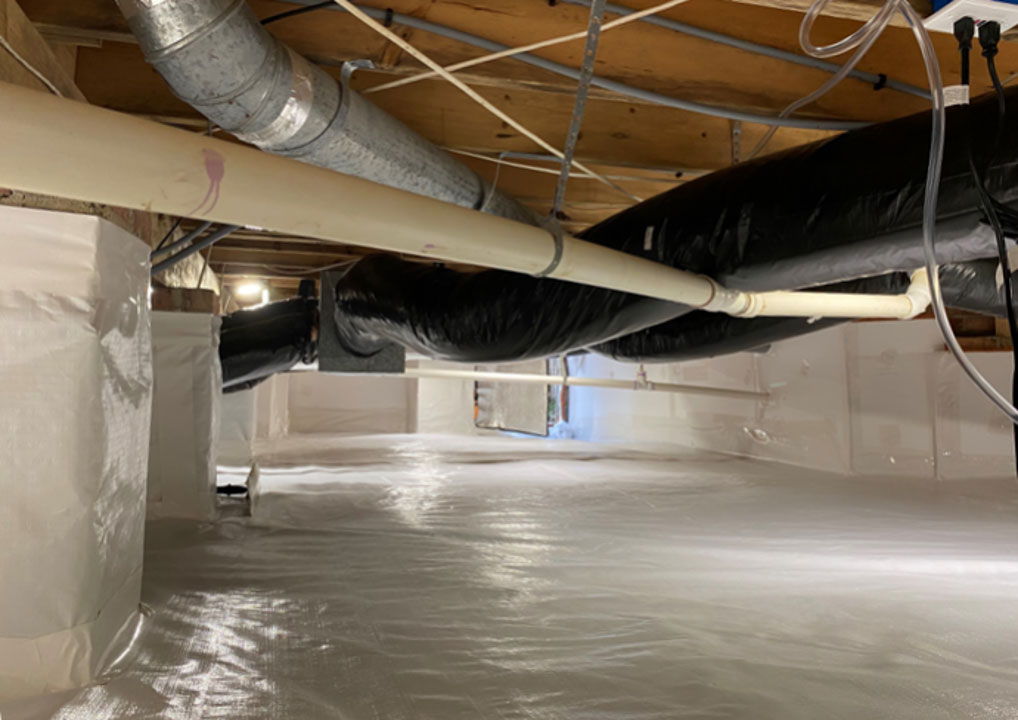
FAQs (Frequently Asked Questions):
Why should crawl space vents be sealed?
Sealing crawl space vents is crucial for maintaining a healthy indoor environment, improving energy efficiency, and preventing moisture accumulation that can lead to mold growth and health issues.
How do unsealed crawl space vents affect indoor air quality?
Unsealed vents allow outside air to enter, leading to moisture accumulation in the crawl space. This moisture can contribute to mold growth, which poses health risks such as respiratory issues and allergies.
What are the consequences of moisture issues in crawl spaces?
Moisture can lead to condensation, mold growth, and long-term structural damage, including rotting wood and rusted metal. It can also affect belongings stored in the crawl space.
How do unsealed vents contribute to pest infestations?
Unsealed crawl space vents serve as entry points for pests like rodents and insects. These infestations can cause damage to insulation and building materials, compromising thermal performance and safety.
What solutions are available for addressing crawl space moisture problems?
Effective solutions include crawl space encapsulation, vapor barrier installation, using dehumidifiers for humidity control, and implementing proper drainage systems like French drains to direct water away from the area.
Why is it important to assess current conditions before implementing solutions?
Conducting thorough assessments ensures that tailored strategies are applied based on accurate moisture level measurements. This helps in identifying existing problems and implementing customized solutions effectively.

